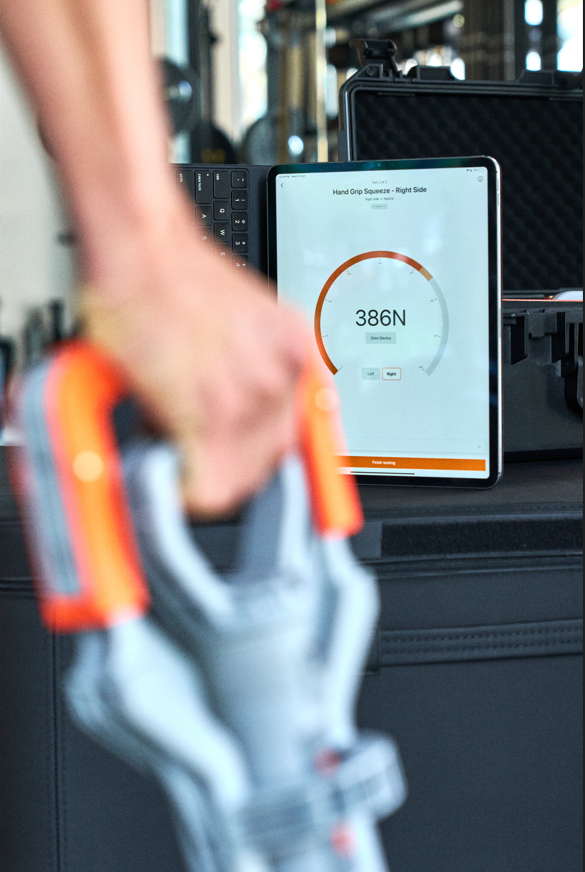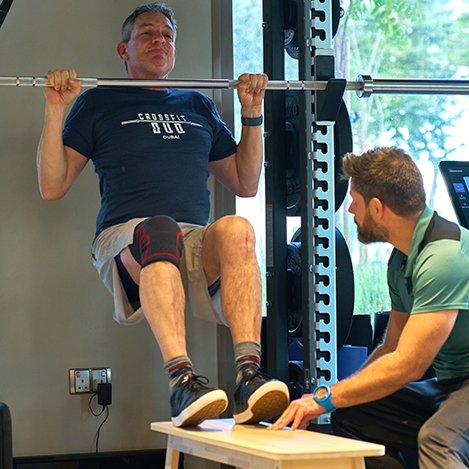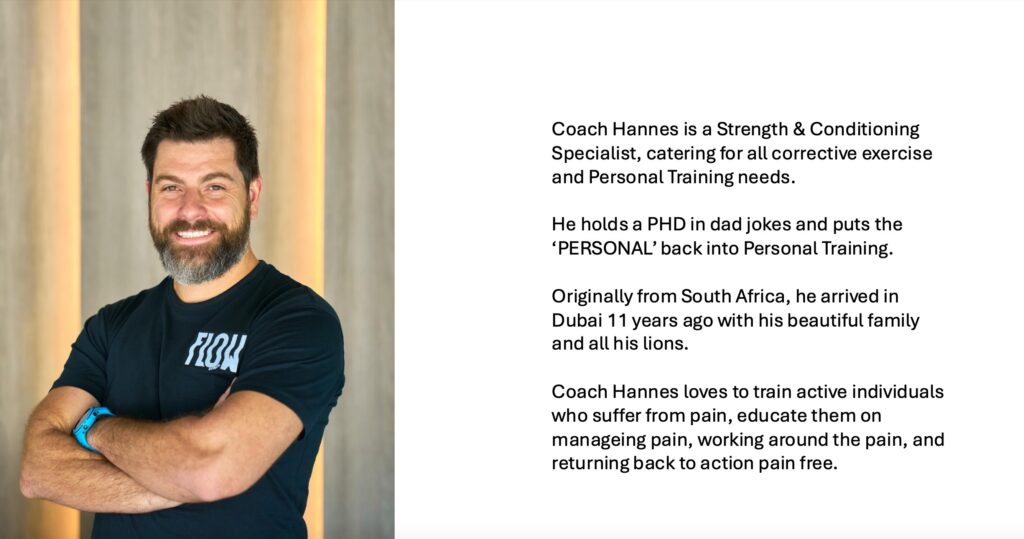
Stop Injuries Before They Happen: The Most Common Injuries & 4 Easy Ways to Prevent Them!
Athletic performance isn’t just about strength, speed, or endurance—it’s also about injury prevention. Every movement places stress on the body, and when that stress exceeds your body’s ability to recover, injuries happen. Whether you’re a professional athlete or a fitness enthusiast training in Dubai Hills, understanding how to reduce injury risk is key to maintaining peak performance. After all, you can’t perform at your best if you’re sidelined by pain.

Why Injury Prevention Matters
Athletes often focus on training harder – but training smarter is just as important. Injuries don’t just happen by accident – they often stem from muscle imbalances, poor movement patterns, or overuse. Identifying these risks early and implementing corrective exercises and injury prevention strategies can keep you in the game for longer and stronger.
The Most Common Sports Injuries
Understanding common injuries helps you recognize warning signs before they become serious problems. Here are some of the most frequent sports-related injuries:
1. Knee Injuries (ACL Tears, Patellar Tendinitis, Runner’s Knee)
- Cause: Weak glutes, poor knee tracking, and improper landing mechanics.
- Prevention: Strengthening the glutes, quads, and hamstrings, improving hip mobility, and learning proper jump-landing techniques, through exercises such as:
- Bulgarian Split Squats (Hip & Knee Stability)
- Single-Leg Step Downs (Knee Control)
- Lateral Band Walks (Glute Activation)
2. Ankle Sprains & Achilles Tendinitis
- Cause: Poor ankle stability, weak calf muscles, and sudden changes in direction.
- Prevention: Strengthening the calves, improving ankle mobility, and practicing balance, through exercises such as:
- Single-Leg Calf Raises (Ankle & Achilles Strength)
- Ankle Mobility Drills (Dorsiflexion Improvement)
- Balance Board Exercises (Proprioception & Stability)
3. Lower Back Pain & Disc Issues
- Cause: Weak core muscles, poor posture, and excessive spinal loading.
- Prevention: Strengthening the deep core muscles, improving hip mobility, and using proper lifting techniques, through exercises such as:
- Dead Bug Exercise (Core Stability)
- Glute Bridges (Lower Back Support)
- Cat-Cow Stretch (Spinal Mobility)
4. Shoulder Injuries (Rotator Cuff Strains, Impingement, Dislocations)
- Cause: Poor shoulder stability, muscle imbalances, and repetitive overhead movements.
- Prevention: Strengthening the rotator cuff, improving thoracic mobility, and maintaining proper shoulder mechanics, through exercises such as:
- External Rotations with Bands (Rotator Cuff Strength)
- Wall Angels (Shoulder Mobility)
- Scapular Retractions (Postural Control)
How to Stop Injuries Before They Happen
Now that we’ve identified common injuries, let’s dive deeper into understanding the best ways to prevent them before they happen.

1. Strengthen Weak Links
Every athlete has imbalances—whether it’s a weaker left leg, tight hip flexors, or limited ankle mobility. Unilateral exercises (such as single-leg or single-arm movements) help correct these imbalances and prevent compensation patterns that lead to injury. Here are some great examples for injury prevention:
- Single-Leg Romanian Deadlifts (Hamstring & Glute Strength)
- Bulgarian Split Squats (Knee & Hip Stability)
- Single-Arm Carries (Core & Shoulder Stability)
2. Improve Mobility & Flexibility
Stiff joints and tight muscles restrict movement, forcing compensations that increase stress on other areas of the body. Adding dynamic mobility drills and flexibility work to your routine keeps your body moving fluidly and pain-free. Here are some great examples for Mobility and Flexibility:
- Ankle Dorsiflexion Stretch (Improves Squatting & Running Mechanics)
- Hip 90/90 Stretch (Prevents Hip & Knee Strain)
- Thoracic Spine Rotations (Prevents Shoulder & Back Pain)
3. Master Movement Mechanics
A poor movement pattern today is an injury waiting to happen tomorrow. Whether it’s how you squat, run, or lift weights, proper form reduces strain on joints and muscles.
At The Flow Space, we utilize advanced VALD motion analysis to assess movement patterns and pinpoint weaknesses before they lead to injury. By analyzing joint stability, mobility, and strength imbalances, we create customized injury-prevention plans tailored to your specific needs.

4. Focus on Recovery & Load Management
Training too hard without adequate recovery is a major cause of injuries. Overuse injuries develop when muscles and connective tissues don’t have time to repair between workouts. Here are some great examples of recovery:
Active Recovery Workouts (Low-Intensity Movement to Enhance Blood Flow)
Proper Sleep & Hydration (Key to Muscle Repair)
Periodized Training Plans (Balancing Intensity & Volume for Longevity)
Train Smarter, Stay Stronger
Injury prevention is not about stopping movement—it’s about moving better. By addressing weak points, improving mobility, and reinforcing stability, you create a resilient body capable of handling the demands of your sport. Whether you’re a runner, golfer, footballer, or CrossFit athlete, adopting these injury-reducing strategies will keep you performing at your highest level.

Ready to bulletproof your body against injuries? Visit The Flow Space in Dubai Hills for a full movement assessment and injury prevention plan designed to keep you strong, mobile, and pain-free!

Categories
Tags
Posted In Biomechanics, General Health, Holistic Body Work, Physiotherapy, Sports Medicine
Posted On 01 January 1970